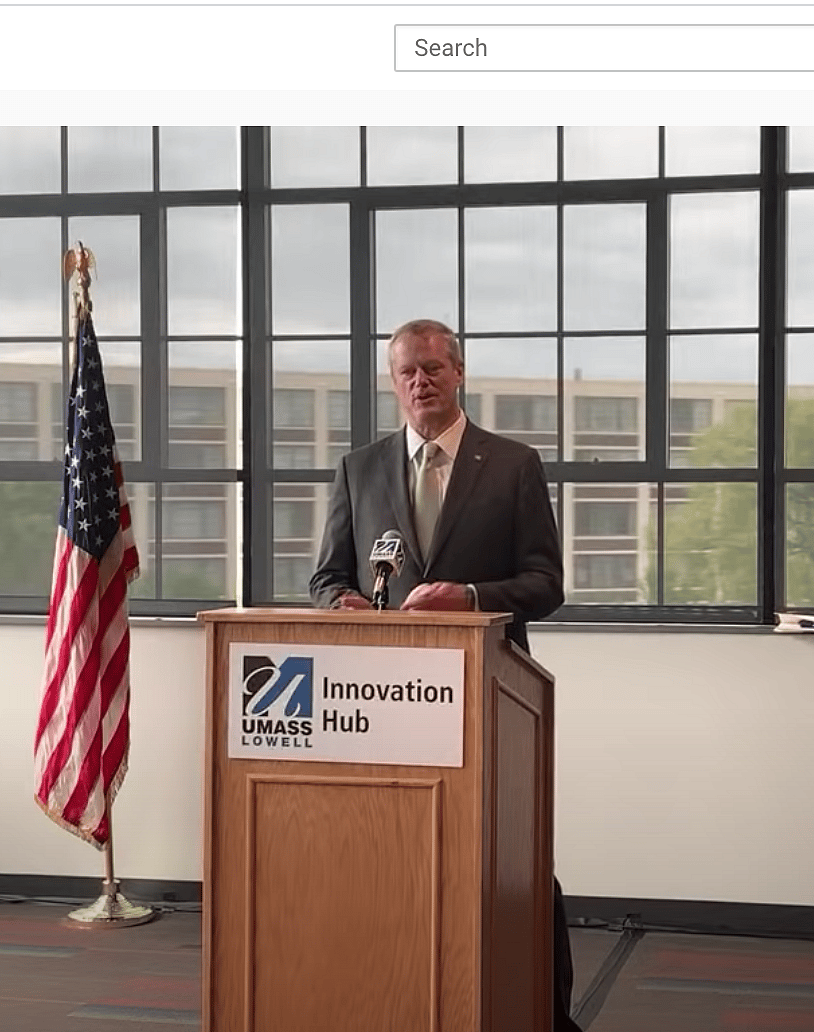News

Why Didn’t Massachusetts Officials Release Nursing Homes Coronavirus Data Sooner? Governor Charlie Baker Responds

Editor's Note: Massachusetts state officials released for the first time on the evening of Wednesday, May 27 the number of deaths attributed to coronavirus at specific long-term care facilities – weeks after reporters first requested the information.
The list shows that 82 privately operated long-term care facilities in Massachusetts have reported 20 or more deaths from coronavirus.

